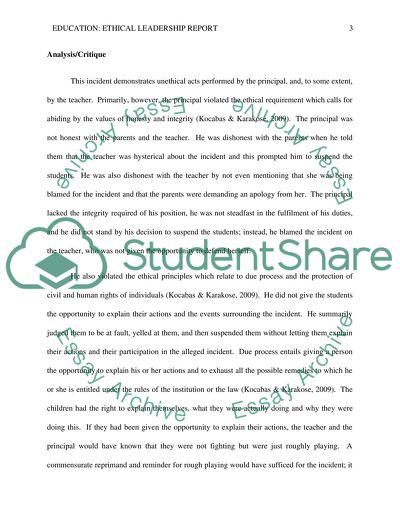Cite this document
(“Education: Ethical Leadership Report Essay Example | Topics and Well Written Essays - 2000 words”, n.d.)
Education: Ethical Leadership Report Essay Example | Topics and Well Written Essays - 2000 words. Retrieved from https://studentshare.org/education/1457129-edle
Education: Ethical Leadership Report Essay Example | Topics and Well Written Essays - 2000 words. Retrieved from https://studentshare.org/education/1457129-edle
(Education: Ethical Leadership Report Essay Example | Topics and Well Written Essays - 2000 Words)
Education: Ethical Leadership Report Essay Example | Topics and Well Written Essays - 2000 Words. https://studentshare.org/education/1457129-edle.
Education: Ethical Leadership Report Essay Example | Topics and Well Written Essays - 2000 Words. https://studentshare.org/education/1457129-edle.
“Education: Ethical Leadership Report Essay Example | Topics and Well Written Essays - 2000 Words”, n.d. https://studentshare.org/education/1457129-edle.


